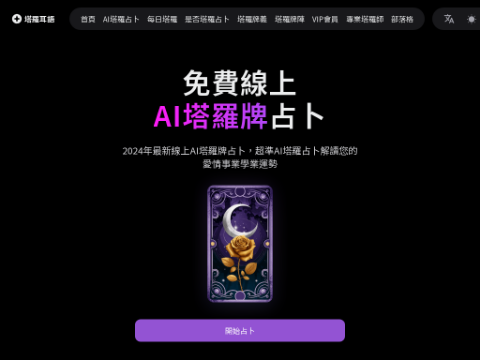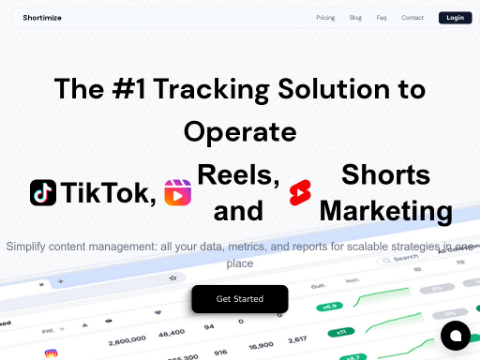Apple researchers have introduced a new architecture called UI-JEPA, aimed at reducing the computational demands of user interface (UI) understanding while maintaining high performance. This architecture aims to achieve lightweight device-side UI understanding and promote the development of faster and privacy-preserving AI assistant applications.
Understanding the intent expressed by users through UI interactions requires handling cross-modal features, including images and natural language, and capturing temporal relationships in UI sequences. Although large-scale multimodal language models (MLLMs) such as Anthropic Claude 3.5 Sonnet and OpenAI GPT-4 Turbo provide avenues for personalized planning, these models have high computational resource requirements, large model sizes, and introduce high latency, making them unsuitable for lightweight, device-side solutions.
To address this challenge, UI-JEPA draws inspiration from the Joint Embedding Prediction Architecture (JEPA) proposed by Meta AI Chief Scientist Yann LeCun in 2022. Unlike generative methods that attempt to fill in every missing detail, JEPA can discard unpredictable information, thereby improving training and sample efficiency.
The UI-JEPA architecture consists of a video transformer encoder based on JEPA and a language model (LM) with only a decoder. The former processes UI interaction videos into abstract feature representations, while the latter generates textual descriptions of user intent based on video embeddings. The researchers used a lightweight LM, Microsoft Phi-3, with approximately 3 billion parameters, suitable for device-side experimentation and deployment.
To advance UI understanding research, the researchers also introduced two new multimodal datasets and benchmarks: "Intent in the Wild" (IIW) and "Intent in the Tamed" (IIT). IIW covers open-ended UI action sequences where user intent is ambiguous, while IIT focuses on common tasks with clearer intent.
Evaluation results show that in the new benchmark tests, UI-JEPA outperforms other video encoder models in a small sample setting and performs comparably to larger closed models, but with far fewer parameters than cloud-based models. Furthermore, the performance of UI-JEPA is further enhanced by combining optical character recognition (OCR) to extract text from the UI.
The researchers believe that the UI-JEPA model has multiple potential applications, such as creating automatic feedback loops to enable AI agents to learn continuously without human intervention, and integrating into frameworks for tracking cross-application and cross-modal user intent as perceptual agents. Additionally, UI-JEPA can leverage screen activity data to align more closely with user preferences and predict user behavior.








